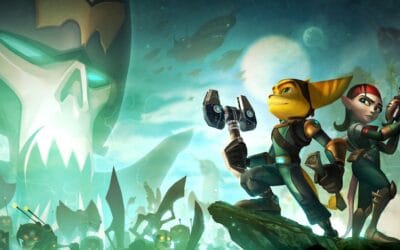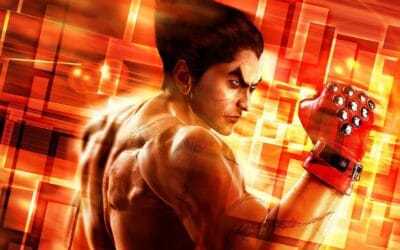The Sega Dreamcast was a fighting game powerhouse. At the turn of the millennium, arcades were still thriving, and the Dreamcast delivered near-perfect home conversions of some of the greatest brawlers ever made. This was a console that didn’t just dabble in the genre—it established it. Whether you were parrying like a pro in Street Fighter III: 3rd Strike, pulling off insane juggles in Marvel vs. Capcom 2, or throwing foes into the scenery in Power Stone 2, the Dreamcast had something for every fight fan.
This wasn’t just about fast fists and high-flying combos—it was a golden age of creativity. From weapons-based duels to tag-team chaos, the Dreamcast’s fighting library pushed boundaries with dazzling 2D sprites, pioneering 3D mechanics, and buttery-smooth gameplay. Even today, its influence is undeniable. These weren’t just games; they were moments in time—battles fought in arcades, living rooms, and dorm rooms that live on in the muscle memory of those who played them.
So, let’s step back into the ring and count down the 15 best fighting games on Sega’s legendary Dreamcast. Get ready to throw down!
Street Fighter III: 3rd Strike
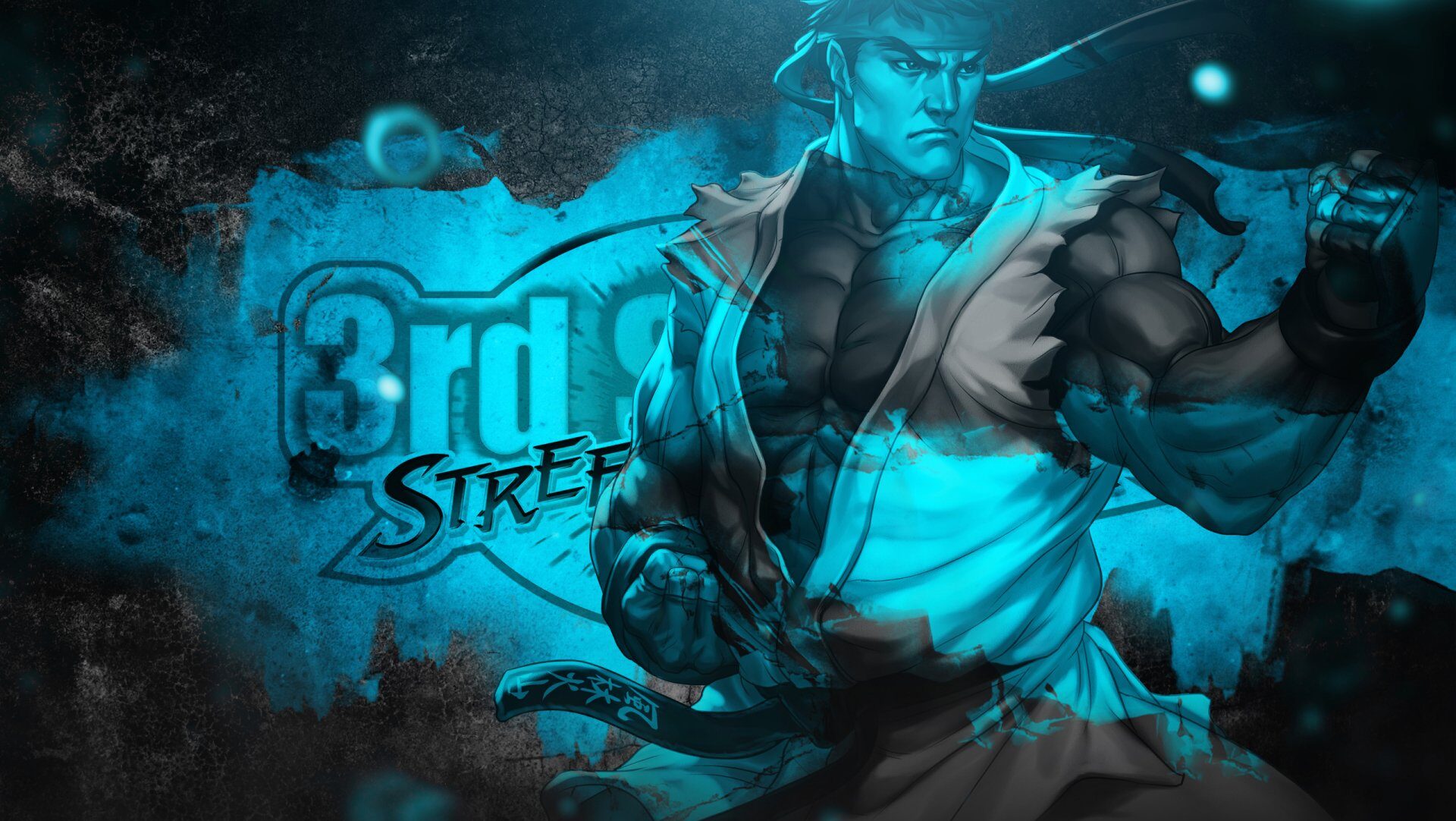
- Developer: Capcom
- Release Date: June 29, 2000
Street Fighter III: 3rd Strike wasn’t just a fighting game. It was a statement. The game’s technical depth is staggering. And then there’s the parry system, which gave birth to one of the most legendary moments in esports history: Daigo Umehara’s full parry comeback against Justin Wong in Evo 2004. On the Dreamcast, the game looked and felt just like its arcade counterpart. Crisp animations, a jazzy soundtrack that still grooves today, and an eclectic roster that introduced characters like Makoto, Dudley, and the enigmatic Q. For fans used to the flashier chaos of Marvel vs. Capcom 2, 3rd Strike was a leaner, more deliberate beast—a fighter that rewarded dedication and punished hesitation.
Why It's Worth Playing: If perfection in 2D fighting games exists, Street Fighter III: 3rd Strike comes dangerously close. A refined, polished culmination of Capcom’s arcade craftsmanship, this installment sharpened the franchise’s formula to a razor’s edge. The Dreamcast version let players bring that arcade intensity home without compromise, securing its place as one of the console’s crown jewels.
Marvel vs. Capcom 2
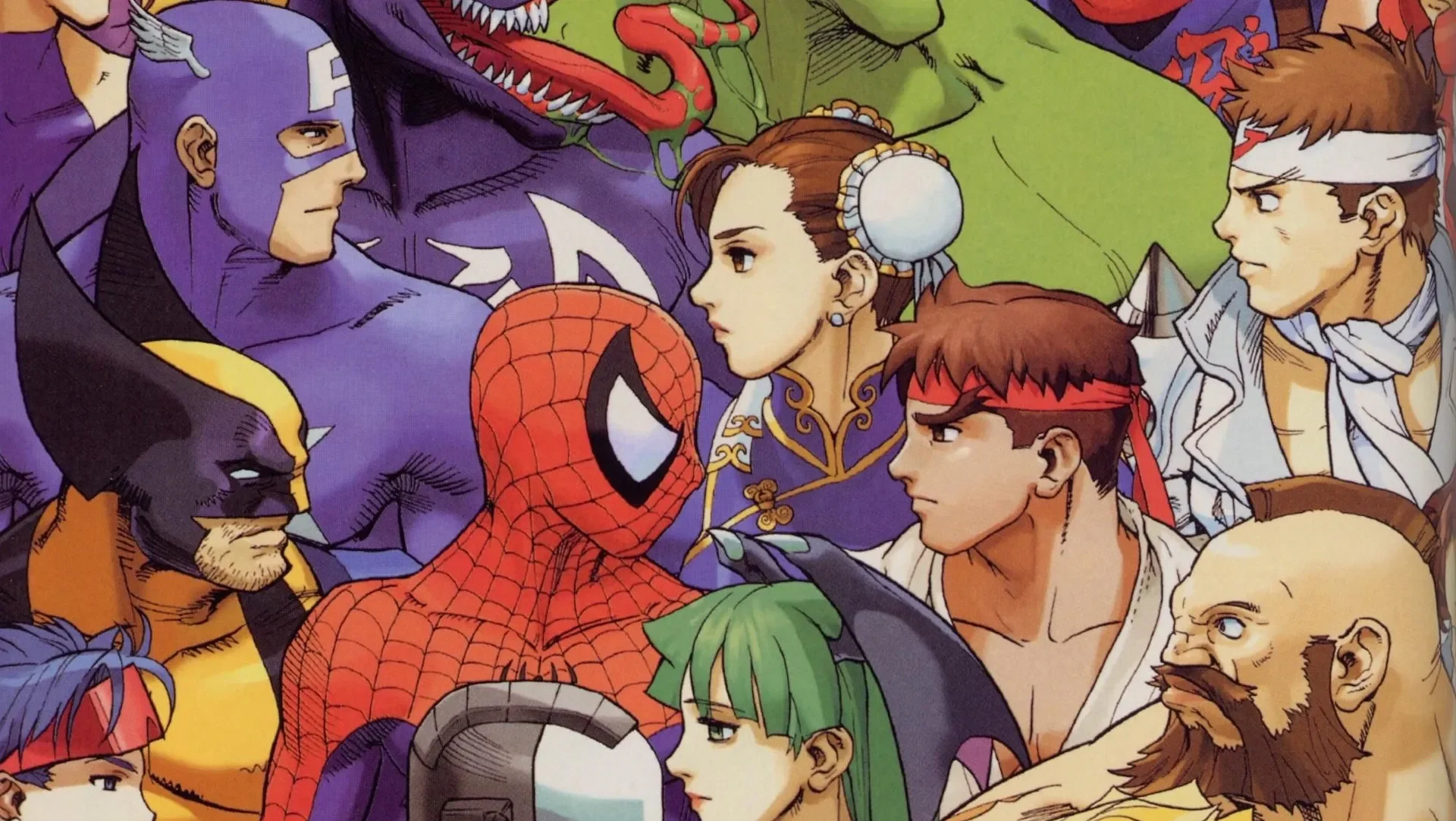
- Developer: Capcom
- Release Date: March 30, 2000
Few fighting games scream “Dreamcast” quite like Marvel vs. Capcom 2. It’s not just a fighter—it’s a sensory overload in the best possible way. With a jaw-dropping roster of 56 characters, ranging from Spider-Man and Wolverine to obscure Capcom picks like Ruby Heart and Amingo, it felt like the ultimate comic-book-meets-arcade fever dream. This was the era of infinite combos and broken tier lists, but none of that mattered when you were pulling off three-character supers that lit up the screen like a fireworks show. The soundtrack—cheesy jazz-fusion tracks that wormed their way into your brain—only added to the charm.
Why It's Worth Playing: Because it’s pure, unfiltered fun. The kind of game where even losing feels entertaining. Whether you’re chasing high-level play or just mashing buttons with friends, Marvel vs. Capcom 2 is chaos bottled and served with a grin. And on the Dreamcast, it’s still the best seat in the house for Capcom’s wildest crossover party. Marvel vs. Capcom 2 isn’t just a classic—it’s a love letter to chaotic, unfiltered fun, and to this day, players are still looking to "Take You for a Ride."
Soulcalibur
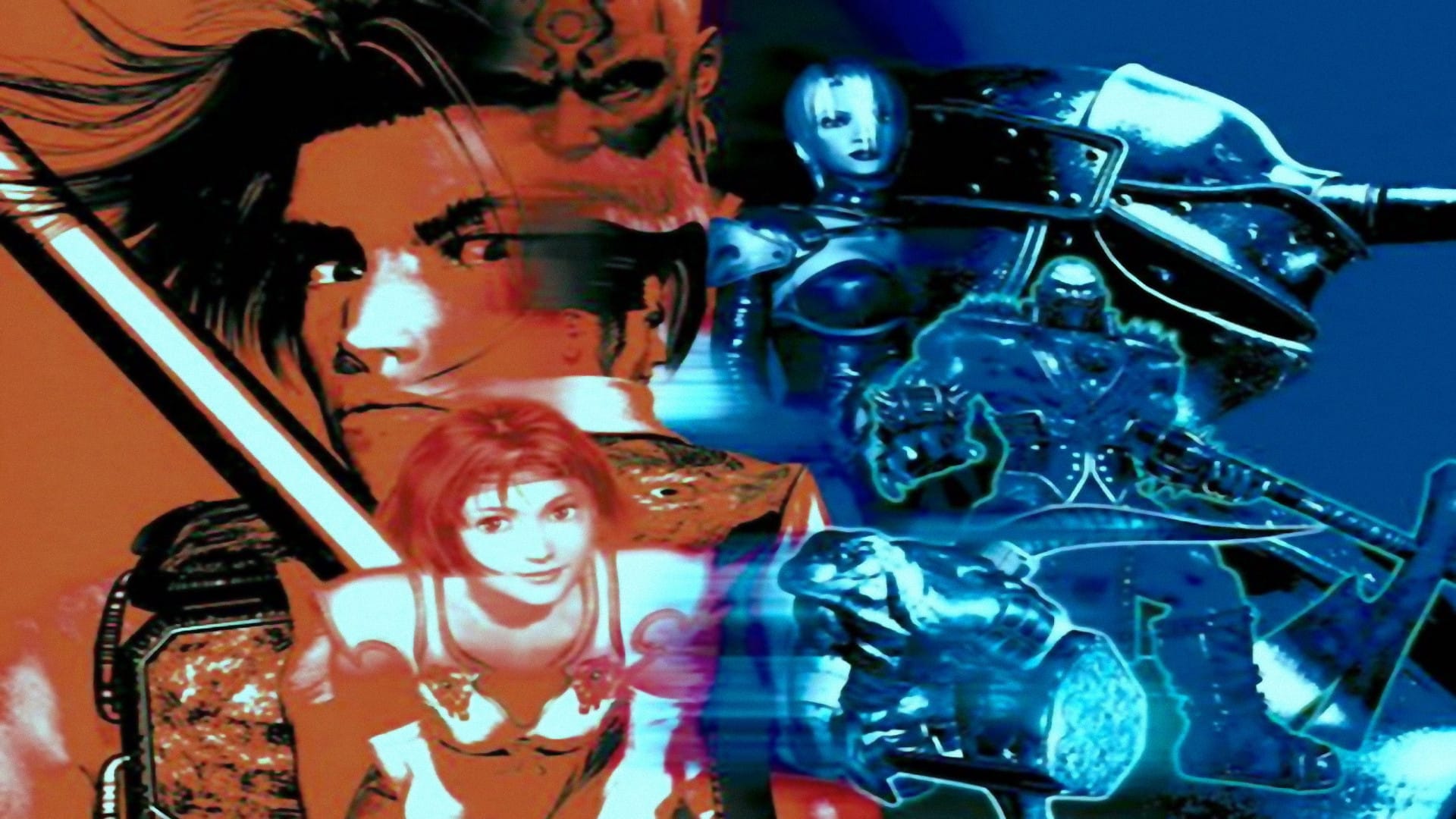
- Developer: Namco
- Release Date: August 5, 1999
When Soulcalibur landed on the Dreamcast, it wasn’t just a great arcade-to-console conversion—it was an outright revolution. The visuals were so clean, so fluid, and so stunning in 1999 that it turned Sega’s new machine into a must-own overnight. From Ivy’s chain sword to Mitsurugi’s katana, every weapon gleamed with a sharpness that felt almost unreal at the time. This was the rare case where the home version outshone its arcade counterpart, a staggering leap in fidelity that felt light-years ahead of its time.
Why It's Worth Playing: Because this is the game that proved the Dreamcast wasn’t playing around. Soulcalibur set a new bar for 3D fighters and remains one of the most breathtaking launch titles ever released. Even today, its smooth gameplay and weapon-based combat stand tall among the greats.The fluidity, the precision, the silky-smooth 60fps action—everything about Soulcalibur screamed perfection. It was the first true system-seller for the Dreamcast, setting an impossibly high bar for what a fighting game could be.
Capcom vs. SNK 2
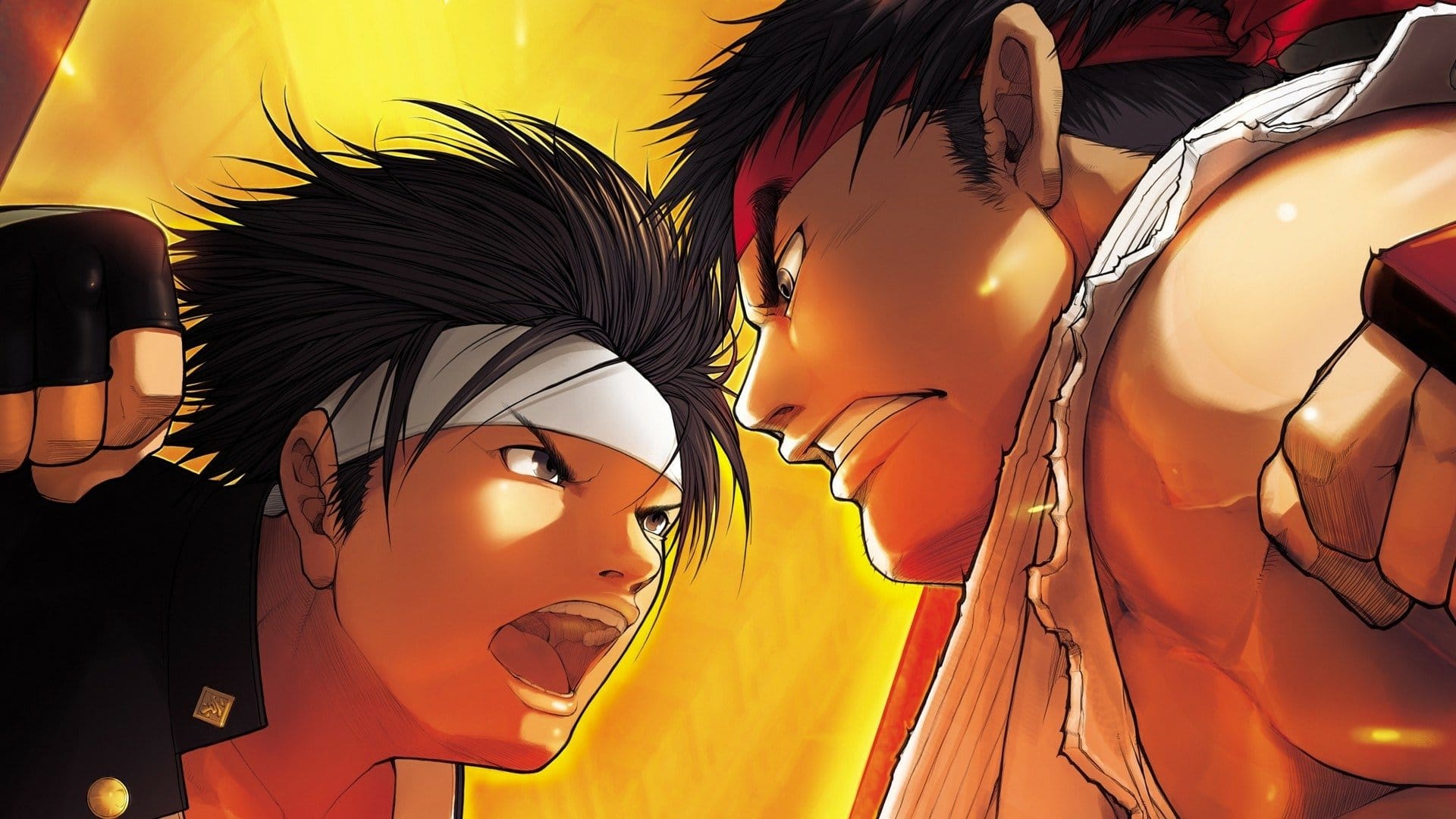
- Developer: Capcom
- Release Date: September 13, 2001
For years, arcade warriors debated whether the precision of Street Fighter or the ferocity of King of Fighters reigned supreme. When Capcom vs. SNK 2 arrived, it felt like the ultimate fantasy draft come to life. What really elevated it, though, was the Groove system. Six distinct fighting styles let you tailor your gameplay to match your instincts—whether you wanted parries straight out of Street Fighter III, the rolling dodges of SNK, or even the ability to charge up supers in true arcade fashion. It added an incredible layer of depth, making every player’s approach feel personal. The sheer variety in matchups made no two battles ever play the same.
Why It's Worth Playing: Even decades later, CvS2 remains one of the most balanced, replayable, and beloved crossover fighters ever made. The fast-paced yet methodical gameplay, the unparalleled character variety, and the brilliant Groove system make it a high-water mark for Dreamcast fighting games. If you ever wanted to settle the Capcom vs. SNK debate, this was—and still is—the ultimate proving ground.
Guilty Gear X
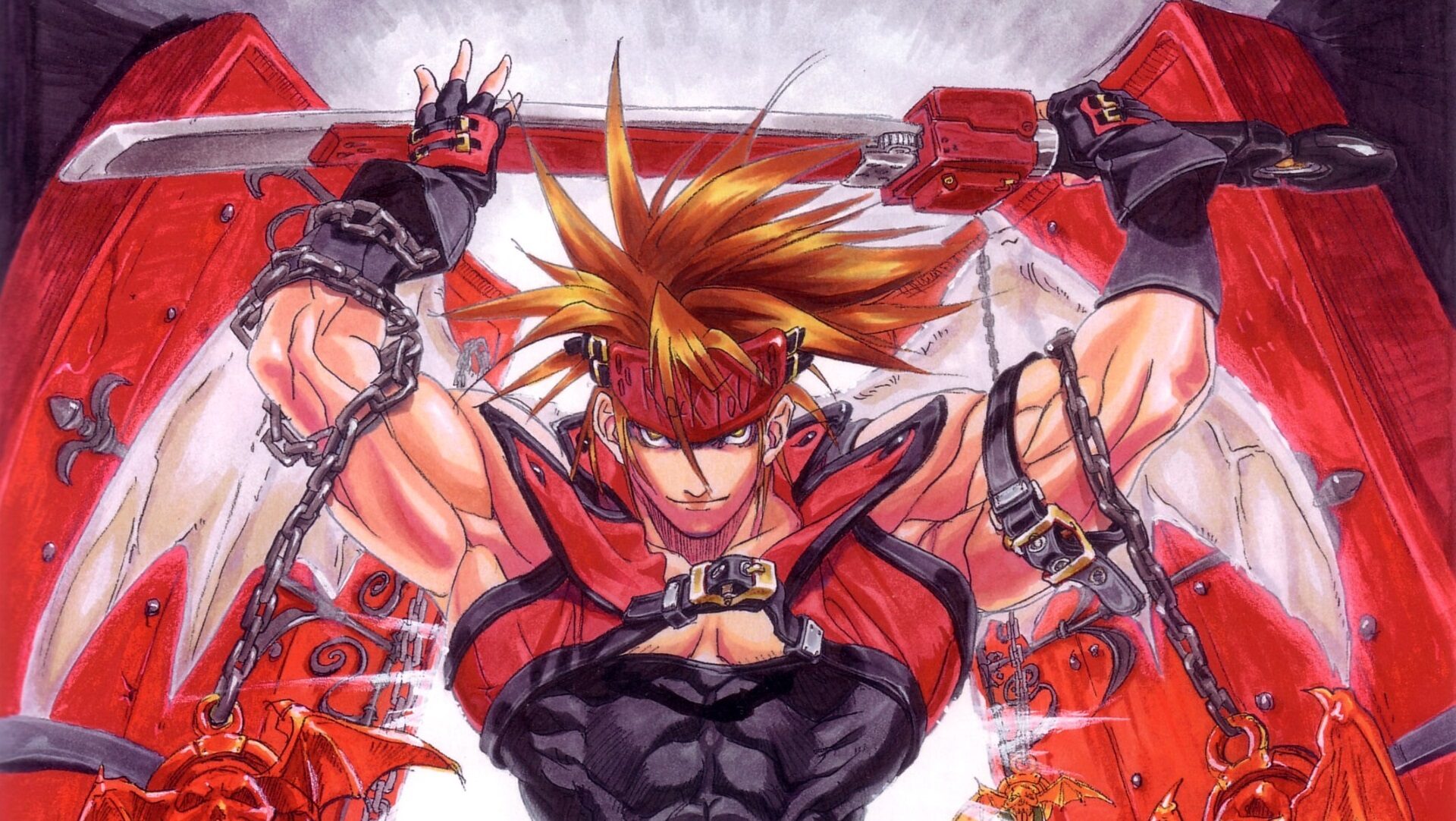
- Developer: Arc System Works
- Release Date: December 14, 2000
Fast. Flashy. Absolutely unhinged. Guilty Gear X wasn’t just another 2D fighter—it was a full-throttle adrenaline rush wrapped in stylish anime visuals and a face-melting rock soundtrack. Arc System Works crafted a game that stood apart from the Street Fighters and King of Fighters of the world, embracing a chaotic, high-energy approach that would eventually redefine the fighting game landscape. Every frame of animation was hand-drawn with meticulous detail, from Sol Badguy’s swinging sword to Millia Rage’s flowing hair attacks. In an era when 2D fighters were being nudged aside by polygons, Guilty Gear X proudly doubled down on style, speed, and swagger.
Why It's Worth Playing: The Dreamcast version delivered a near-perfect arcade conversion, with crisp visuals, tight inputs, and buttery-smooth frame rates. Even today, Guilty Gear X holds up as a beautiful, fast-paced, and wildly fun fighter that helped define Arc System Works' legacy.
Power Stone
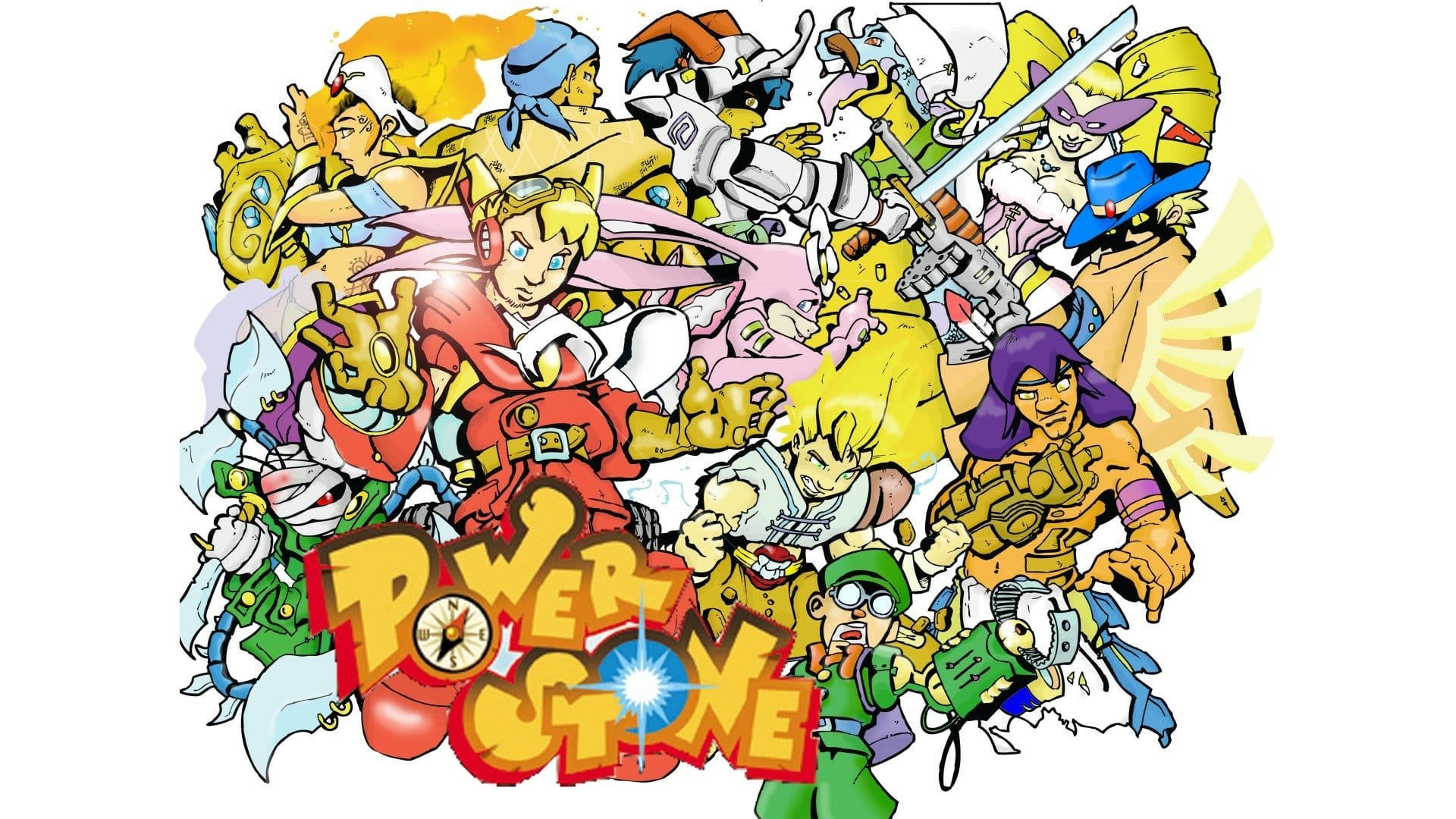
- Developer: Capcom
- Release Date: February 25, 1999
Before the genre-bending chaos of Super Smash Bros. took over living rooms, Capcom had already unleashed its own brand of 3D arena mayhem with Power Stone. Players could pick up chairs, tables, bazookas, and just about anything not bolted down, then hurl them across the arena in frantic four-player brawls. Add to that the ability to collect glowing gems mid-match, transforming your fighter into a super-powered version of themselves, and suddenly every battle turned into a mad dash for dominance. Power Stone threw tradition out the window, delivering a fast-paced, chaotic, and endlessly entertaining arena brawler that felt years ahead of its time.
Why It's Worth Playing: Whether you were pulling off last-second comebacks, or laughing as your friend got crushed by a falling statue, the game never felt repetitive. It was perfect for couch multiplayer, delivering the same frantic energy that would later make games like Super Smash Bros. a household name.
Power Stone 2
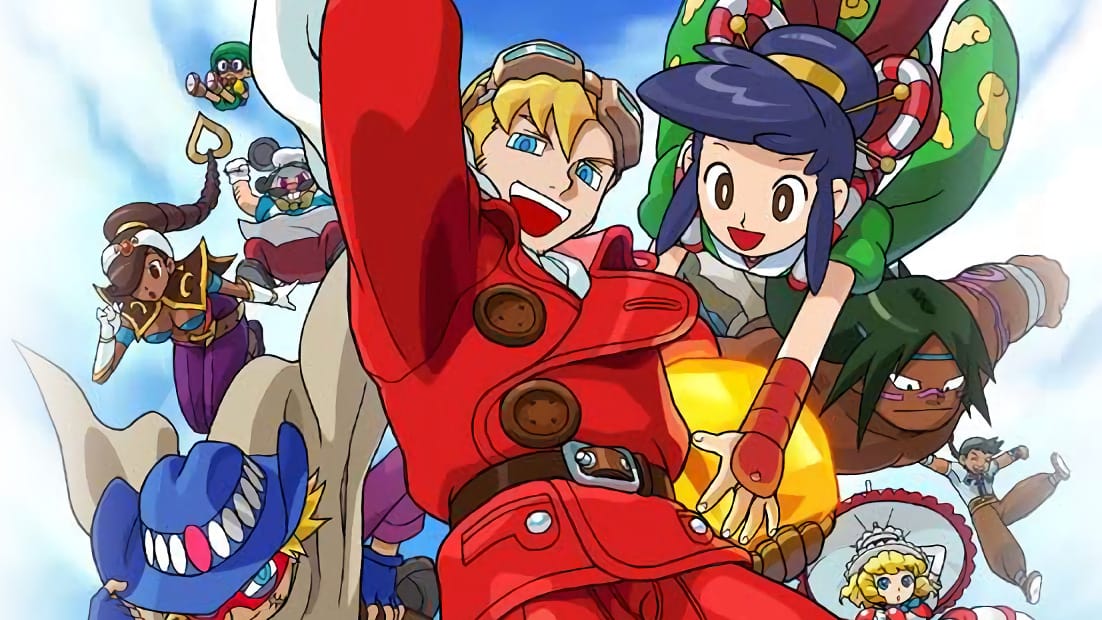
- Developer: Capcom
- Release Date: April 27, 2000
If Power Stone was a revelation, its sequel was a full-blown party on steroids. Capcom took the original’s fast-paced, item-driven arena combat and dialed everything up to eleven. This time, four players could join the mayhem, turning battles into absolute, glorious chaos. Explosions, last-second counters, and high-speed chases for Power Stones became the norm, creating a fighting experience unlike anything else.
Why It's Worth Playing: Decades later, Power Stone 2 remains a multiplayer masterpiece. Fans have been begging Capcom for a revival, but until that day comes, this Dreamcast gem continues to hold its throne as one of the most unique and entertaining fighters ever made.
Dead or Alive 2
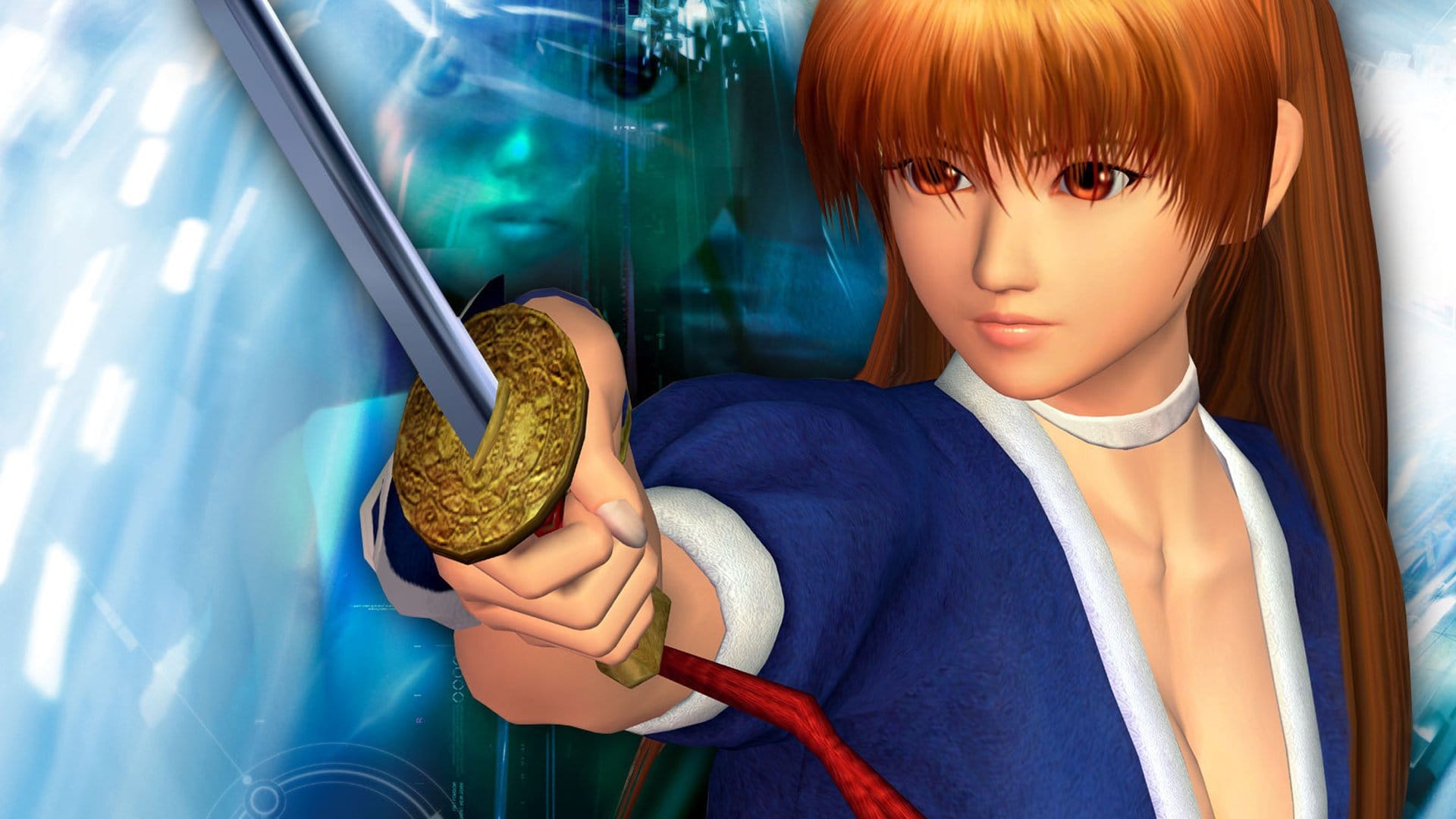
- Developer: Tecmo
- Release Date: February 29, 2000
Dead or Alive 2 was a visual and mechanical showcase that set new standards for the genre. Tecmo’s legendary fighter blended blazing-fast combat, intricate stage transitions, and one of the most fluid counter systems ever devised into a package that was as beautiful as it was brutal. Gameplay wasn’t just about flashy kicks and combos—it was about the art of the counter. DOA2’s signature system rewarded sharp timing and nerves of steel, turning every match into a tense exchange of attack, counter, and reversal. Add in multi-tiered arenas where fighters could smash each other through walls or off balconies, and you had one of the most dynamic 3D fighters of its generation.
Why It's Worth Playing: With its stunning visuals, fast-paced combat, and innovative mechanics, Dead or Alive 2 wasn’t just one of the best fighting games on the Dreamcast—it was one of the best fighting games of its era, period. To this day, its legacy lives on, influencing the genre in ways that can still be felt in modern fighters.
Project Justice

- Developer: Capcom
- Release Date: December 17, 2000
Capcom has never shied away from taking risks with fighting games, and Project Justice is proof of what happens when creativity meets hard-hitting, anime-infused action. The sequel to Rival Schools turned the high school brawler into a full-blown spectacle, cranking up the drama, personality, and sheer chaos. Each fighter came with a backstory that felt straight out of a shōnen series, and the interactions between them added an extra layer of fun that went beyond simple punches and kicks. You weren’t just picking a fighter—you were assembling a squad of three, each with unique abilities and synergy attacks. Matches could swing wildly depending on which team combinations clashed, making strategy just as important as reflexes.
Why It's Worth Playing: Because it’s charming, chaotic, and smartly designed. Project Justice isn’t just a sequel—it’s a love letter to team-based fighting and over-the-top anime flair, perfect for anyone craving something different from the standard one-on-one brawl. With an unforgettable cast of students, teachers, and over-the-top combatants, Project Justice is a hidden gem in the Dreamcast’s legendary fighting game lineup.
The King of Fighters ’99: Evolution
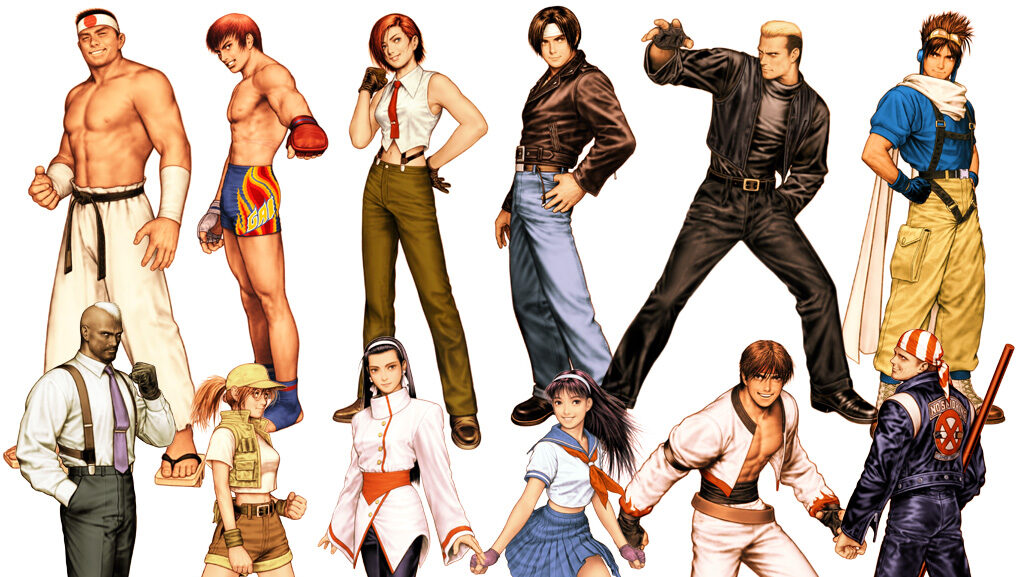
- Developer: SNK
- Release Date: March 30, 2000
SNK’s long-running series had already carved out its legacy in arcades and on the Neo Geo, but KOF ’99: Evolution proved that the Dreamcast was more than capable of delivering a pixel-perfect, arcade-quality experience. Gameplay remained as tight and strategic as ever, with the “Striker” system adding depth to each three-on-three match. Choosing the right backup fighter at the right moment could turn a losing battle into a spectacular comeback, making every fight a delicate dance of offense, defense, and tactical timing. For fans of SNK’s storied roster—Kyo, Iori, Terry, and beyond—this was a Dreamcast haven, a place where legendary fighters could clash without compromise.
Why It's Worth Playing: This enhanced version of KOF ’99 didn’t just faithfully port one of the best entries in the franchise—it refined it, adding smoother animations, remixed music, and a crisp presentation that made it one of the standout 2D fighters on the system.
JoJo’s Bizarre Adventure
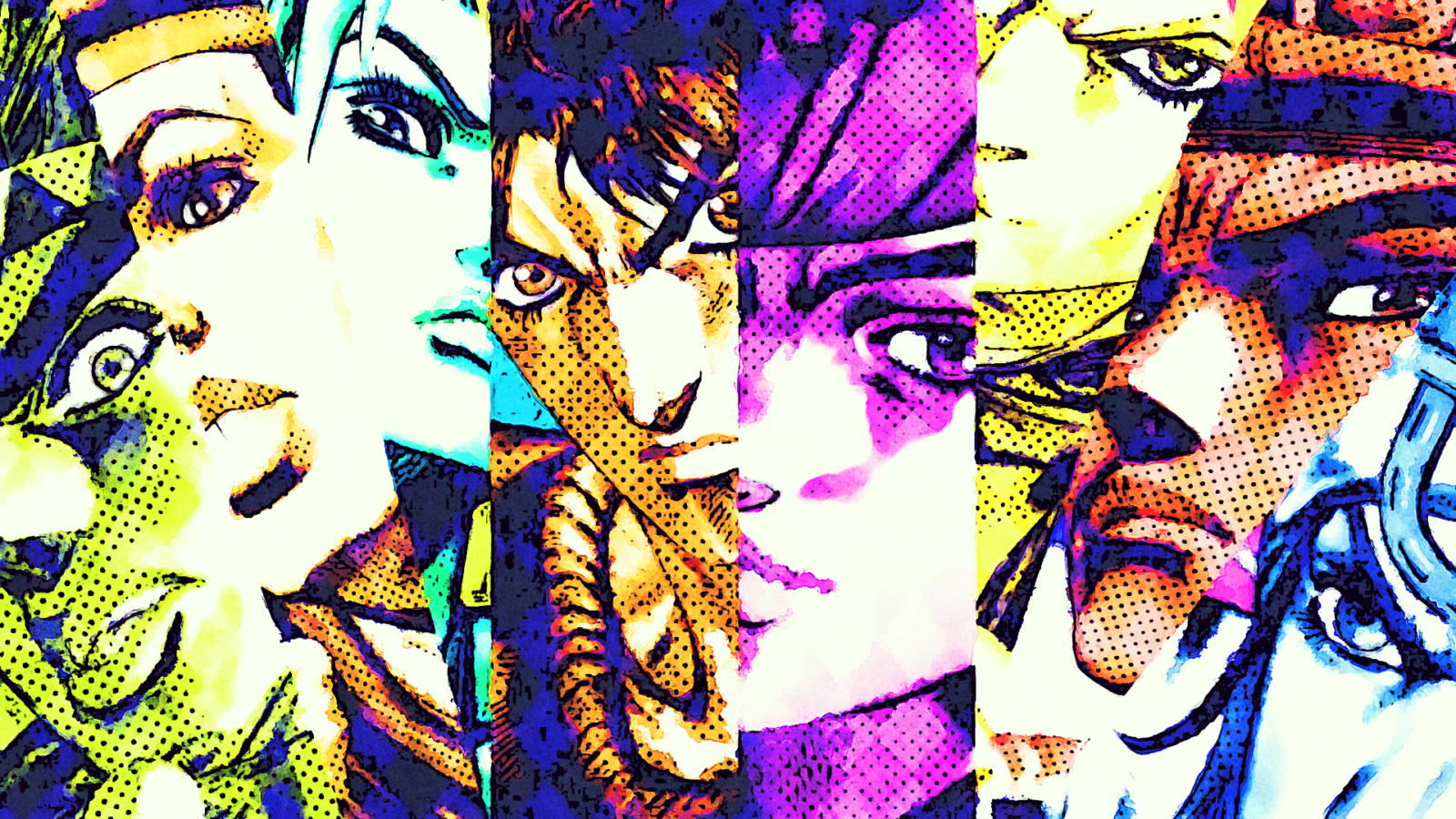
- Developer: Capcom
- Release Date: November 25, 1999
If there was ever a fighting game that oozed personality, it’s JoJo’s Bizarre Adventure on the Dreamcast. Capcom took Hirohiko Araki’s legendary manga and transformed it into a visually striking, mechanically unique brawler that stood apart from anything else on the system. The gameplay itself leaned heavily on the Stand system, adding a layer of tactical depth that set it apart from other 2D fighters. Players weren’t just mashing buttons—they had to manage their Stand’s positioning, timing, and attacks, blending traditional combos with a unique rhythm that rewarded precision and creativity. Add to that the quirky, stylish animations and a soundtrack that oozed personality, and you have a game that’s as much performance art as it is combat.
Why It's Worth Playing: Because it’s one of the few fighters that truly feels like a manga come to life. JoJo’s Bizarre Adventure is a cult classic for a reason: it’s stylish, inventive, and unapologetically weird. It was a lovingly crafted, high-energy fighter that perfectly captured the eccentric charm, dramatic battles, and stylish attitude of the JoJo’s Bizarre Adventure universe.
Tech Romancer
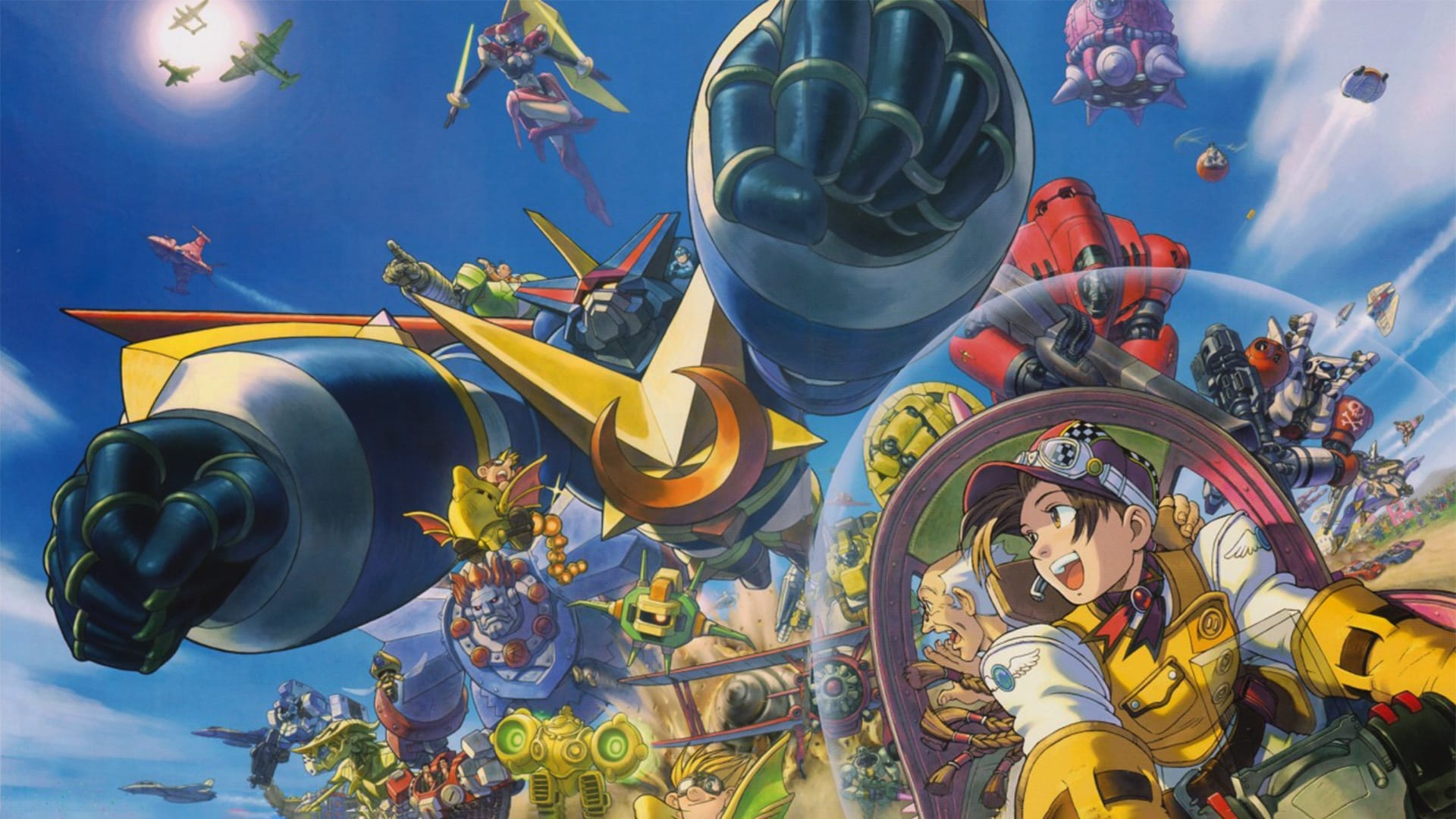
- Developer: Capcom
- Release Date: January 13, 2000
Capcom didn’t just dabble in mechs—they went all in with Tech Romancer, a fighter that felt like an anime series come to life. It wasn’t about strict competitive balance so much as spectacle: city-smashing battles, flashy finishers, and mechs that each felt like they had their own Saturday morning theme song waiting in the wings. What made Tech Romancer so memorable wasn’t just the visuals—it was the heart. Each pilot and machine combo had personality baked into its design, from noble heroes to hulking monstrosities. Capcom leaned into melodrama and camp in a way few fighters dared, and it made every match feel like an episode in a larger saga.
Why It's Worth Playing: If you’ve ever wished your fighting games came with a dose of mecha melodrama, this is the one to fire up. It’s colorful, chaotic, and loaded with charm—a love letter to giant robot anime that never takes itself too seriously. And in a lineup dominated by crossovers and martial arts showdowns, Tech Romancer stood out as Capcom’s most eccentric, yet endearing, creation.
Fighting Vipers 2
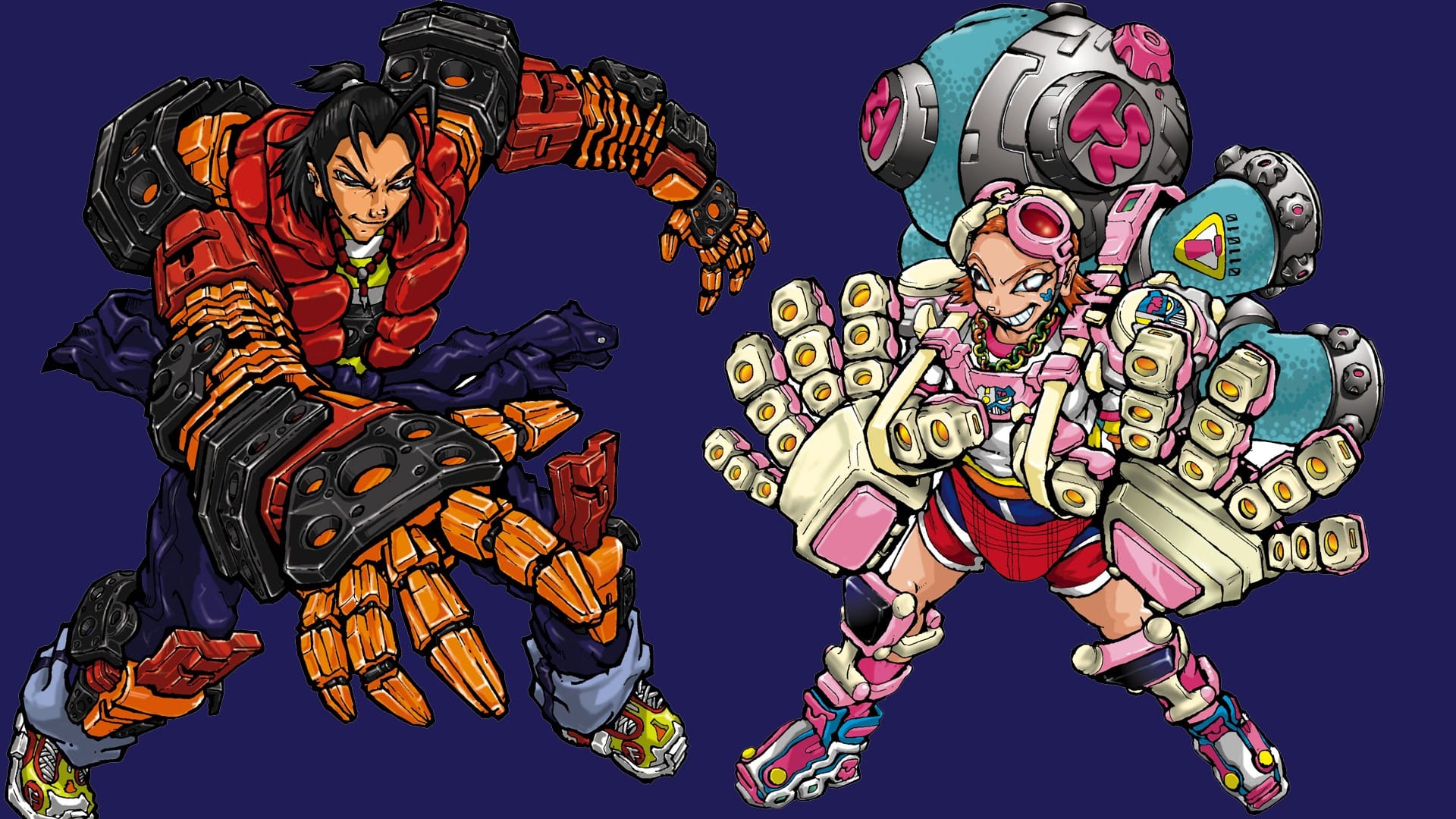
- Developer: Sega AM2
- Release Date: January 18, 2001
Sega never shied away from pushing the boundaries of fighting games, and Fighting Vipers 2 was proof of that. The game’s standout feature—weaponized armor and breakable costumes—added a layer of strategy rarely seen in fighters of the era. Each hit could strip away armor, leaving characters more vulnerable but also dramatically changing the visual spectacle of a fight. It was flashy, visceral, and endlessly entertaining in the arcade, and the Dreamcast brought it home with near-perfect fidelity.
Why It's Worth Playing: Because it’s a hidden Dreamcast treasure. Despite its innovations, Fighting Vipers 2 never saw a widespread release outside Japan. It’s one of those rare cases where a game was too niche, too wacky, or maybe too ahead of its time for international publishers to take a risk. That said, if you love fast-paced, hard-hitting 3D fighters with a unique twist, Fighting Vipers 2 is absolutely worth tracking down. It’s a cult classic, a reminder of Sega’s fearless experimentation, and one of the Dreamcast’s most underrated gems.
Fatal Fury: Mark of the Wolves
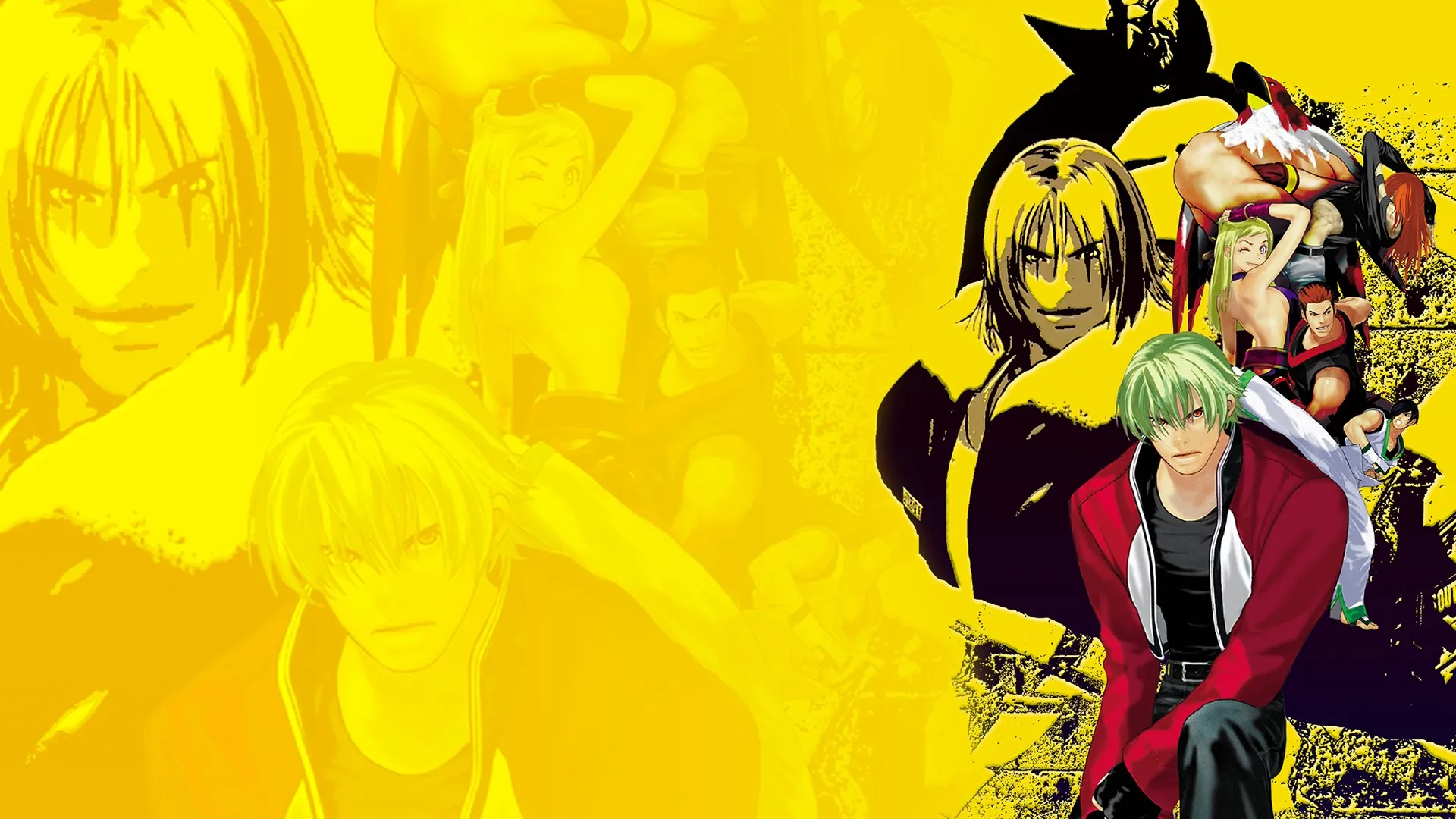
- Developer: SNK
- Release Date: September 27, 2001
SNK reinvented the wheel with Mark of the Wolves. Mechanically, the game was deceptively deep. The MAX Mode system added layers of strategy, letting players enhance attacks and extend combos, while the refined hitbox and counter mechanics made each encounter feel precise and tactical. Terry wasn’t just a returning hero—he was a symbol of evolution, showing that SNK could honor its past while pushing gameplay forward. With its fluid animation, rock-solid mechanics, and one of the most refined fighting systems SNK ever crafted, it stood tall alongside Street Fighter III: 3rd Strike as one of the best 2D fighters of its era.
Why It's Worth Playing: Because it’s a masterclass in 2D fighting. Mark of the Wolves is stylish, deep, and endlessly replayable, combining tight mechanics with visual brilliance. Though it may not have had the mainstream recognition of Street Fighter or Tekken, Mark of the Wolves remains one of SNK’s greatest achievements. The tight mechanics, gorgeous hand-drawn sprites, and brilliantly balanced cast make it a must-play for any fighting game aficionado.
Virtua Fighter 3tb
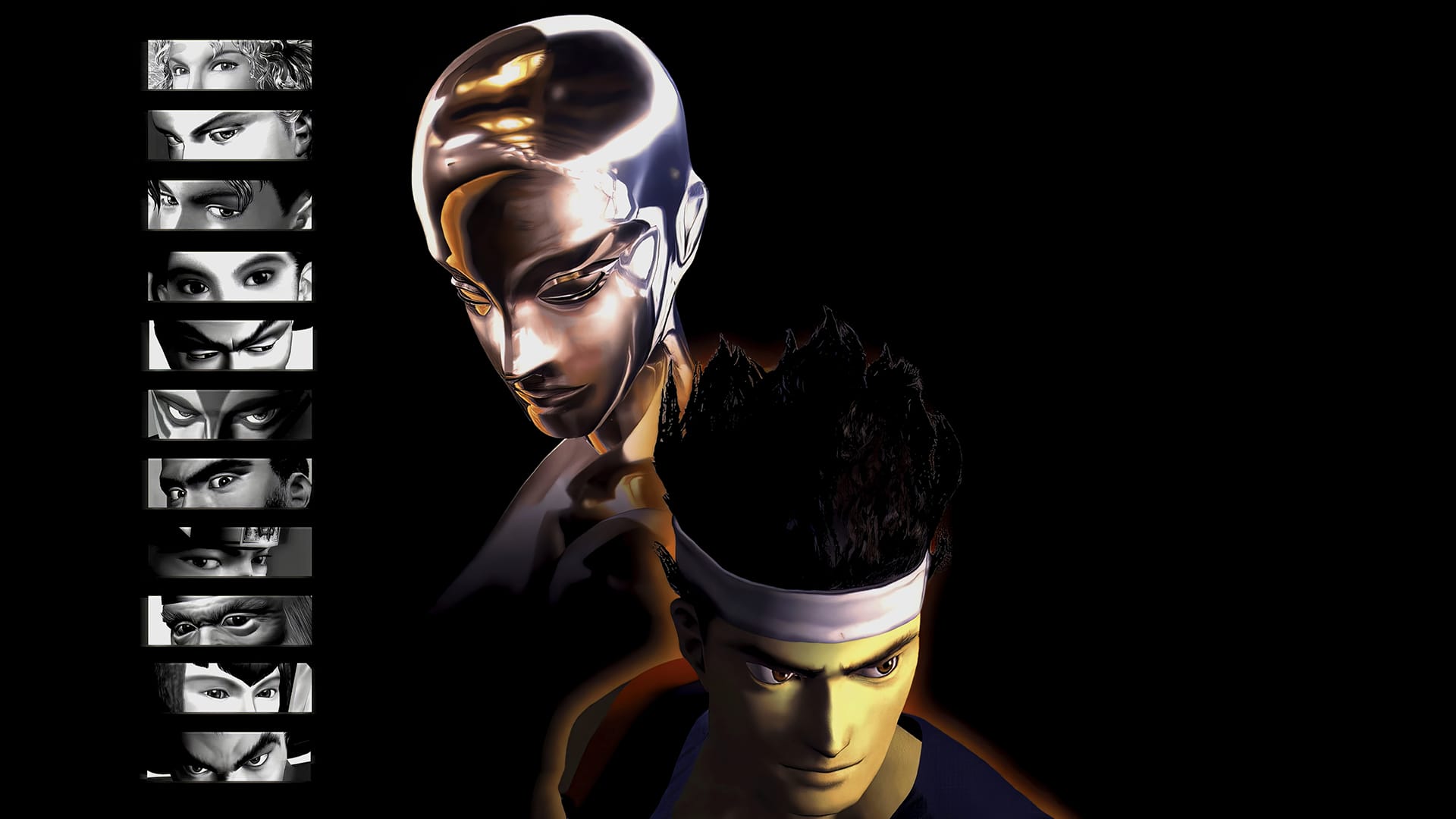
- Developer: Sega AM2
- Release Date: November 27, 1998
Virtua Fighter 3tb wasn’t about flashy supers or anime antics—it was about precision, depth, and pure martial arts mastery. The “tb” in the title stands for Team Battle, introducing a new mode that let players rotate fighters in tag-style bouts, adding a fresh layer of strategy to an already brutally technical system. Each character moved with a realistic weight and timing that rewarded study and skill, making every victory feel like a hard-earned achievement. Graphically, the Dreamcast version polished the arcade original, delivering crisp 3D models and fluid animation that highlighted the intricacy of each martial arts technique.
Why It's Worth Playing: Because if you want to see the roots of modern competitive fighting, this is where it starts. Virtua Fighter 3tb is deep, demanding, and endlessly rewarding. On the Dreamcast, it may not have grabbed the spotlight, but for purists and serious players, it’s a technical masterpiece that deserves every bit of respect it quietly earned.
Conclusion
For fighting game aficionados, the Sega Dreamcast wasn’t just another console—it was a proving ground. But the Dreamcast wasn’t content with simply replicating existing experiences. It embraced bold experiments like Power Stone’s frantic four-player arenas, Tech Romancer’s giant robot theatrics, and Project Justice’s team-based schoolyard brawls. These titles weren’t just games—they were statements that fighting games could be fun, inventive, and wildly different from one another, all while maintaining depth and challenge.
And then there were the timeless legends: Soulcalibur, Dead or Alive 2, Guilty Gear X, and countless others that cemented the Dreamcast as a console where skill, style, and spectacle collided in unforgettable ways. Even lesser-known gems and Japan-only imports found their place, offering treasures for collectors and hardcore fans alike. Whether it was the deep mechanics of Street Fighter III: 3rd Strike, the chaotic spectacle of Marvel vs. Capcom 2, or the strategic precision of Virtua Fighter 3tb, the Dreamcast offered something for every type of fighter.


